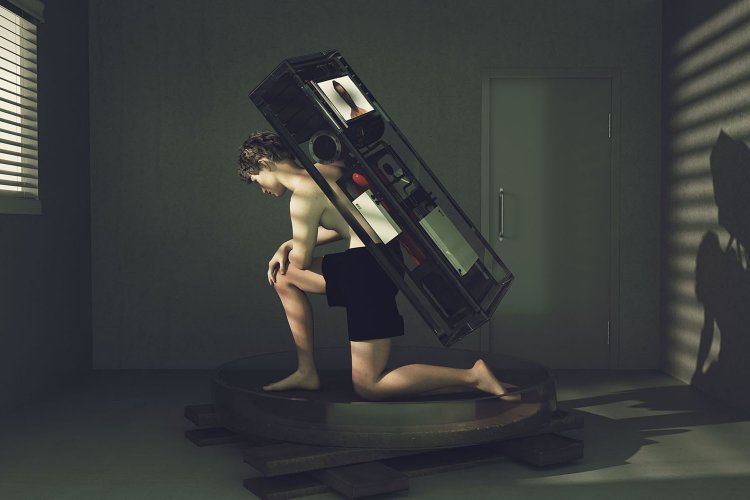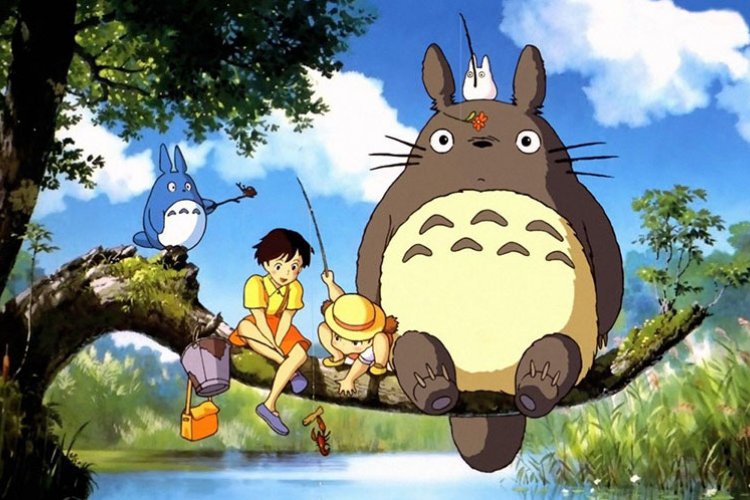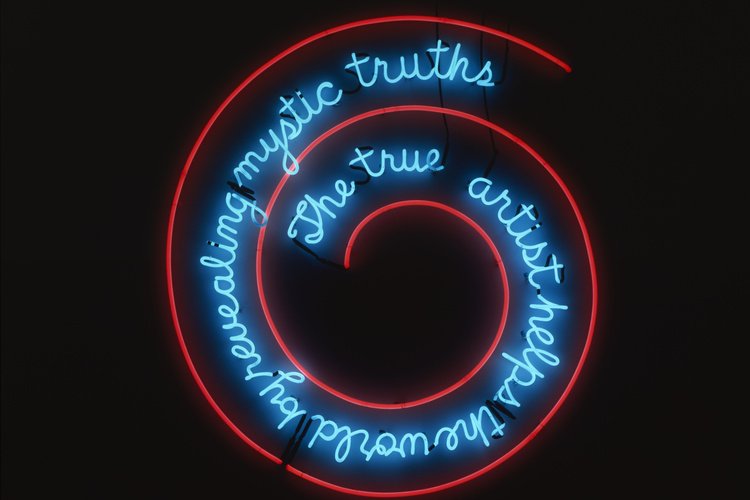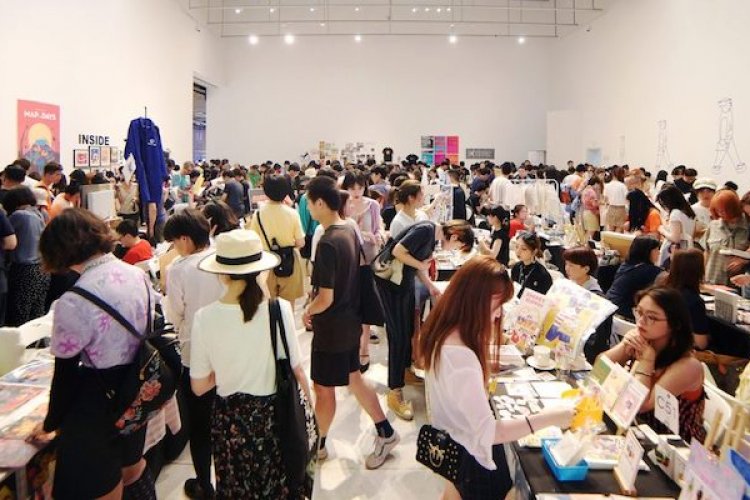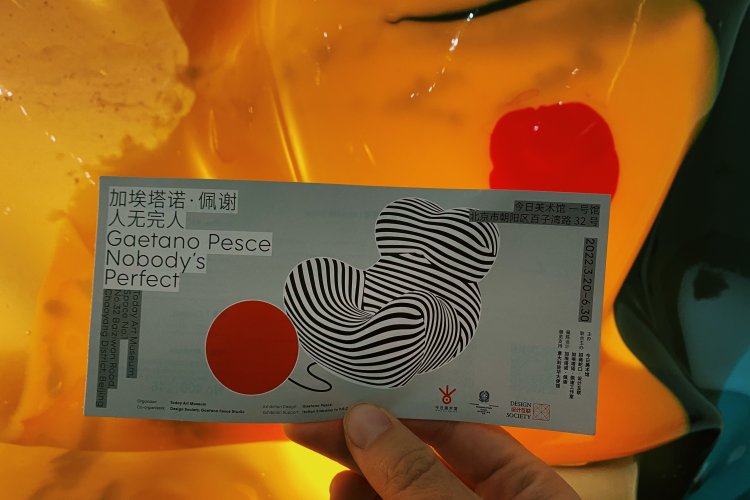“When Elegance Meets Art”: Van Cleef & Arpels Throughout the 20th Century
The poetry and elegance of Van Cleef & Arpels’ creations will be on display at Beijing’s Today Art Museum from Apr 21 to Aug 5, 2018.
First presented in 2012 at Paris’ musée des Arts Décoratifs, this exhibition is traveling for the first time to take up residence in China for several months. Enriched with new acquisitions, it is made up of over 360 creations from both the Van Cleef & Arpels Collection and private collections.
The history of the Maison is studded with technical inventions, passed down from generation to generation by the Mains d’Or – its virtuoso master craftsmen. This exceptional savior faire combined with a rich imagination – underpins an astonishing outpouring of creativity.

Ribbon brooch
Paris, 1937
Platinum, diamonds
Over the years, the art of Van Cleef & Arpels has attracted such personalities as Dame Elizabeth Tayor and Maria Callas. Their names evoke the history of high society from the Roaring Twenties to the 1950s, the advent of film stars and the destinies of great royal families.
The quest for excellence and a taste for technical innovation are the hallmarks of Van Cleef & Arpels’ identity. From High Jewelry to Watchmaking, the Maison’s attention to volume and detail, choice of stones and enduring sources of inspiration have forged an instantly recognizable style.
The 1920s
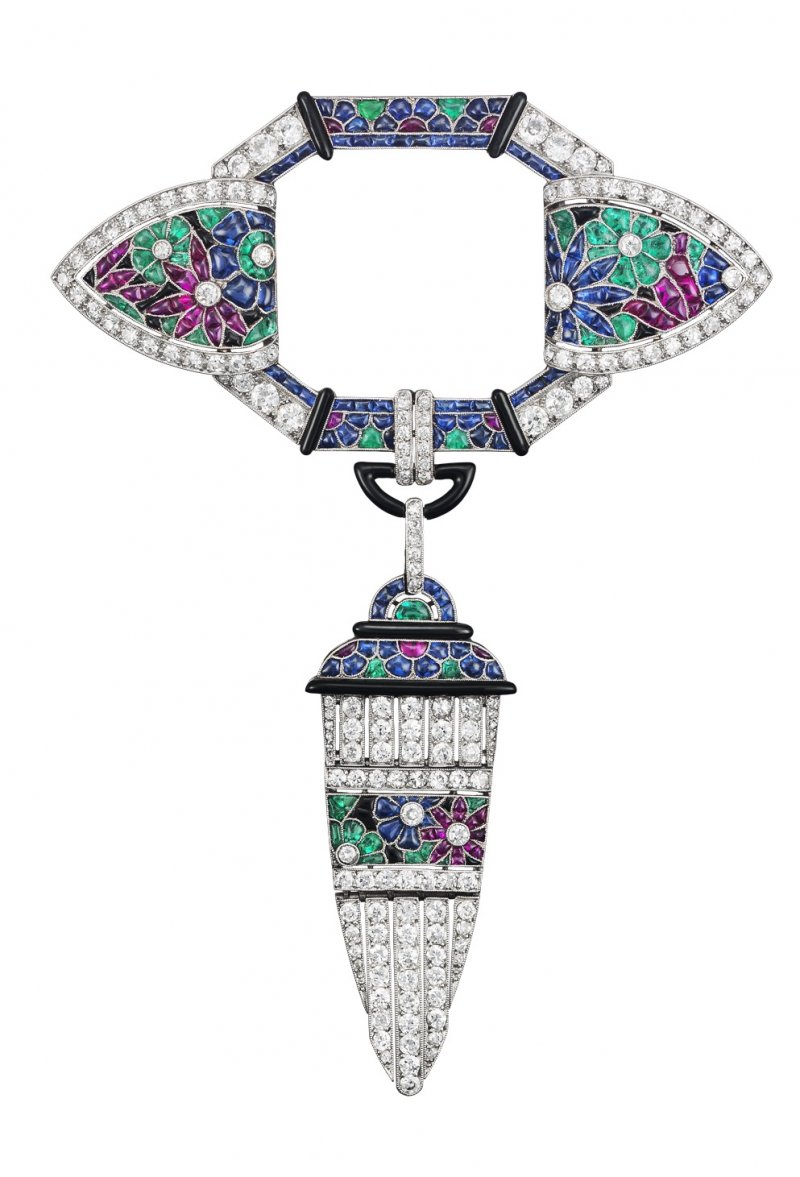
Indian inspired clip
Paris, 1924
Platinum, enamel, rubies, sapphires, emeralds, diamonds
During the Roaring Twenties, the carefree inter-war period, Paris was the undisputed capital of the arts, luxury, and entertainment. Art Nouveau gave way to the pared-down lines of Art Deco. In parallel with the geometric forms of the new aesthetic, naturalistic subjects continued to play an important part in the Maison’s history.
The 1930s
In spite of the Wall Street crash in 1929, this was a highly innovative decade.

Curls Minaudière
Paris, 1935
Gold, platinum, lacquer, diamonds
The Minaudière
It was one of Van Cleef & Arpels clients, Florence Jay Gould, the wife of the American railroad magnate, who inspired Charles Arpels to create this alternative form of day and evening bag, first patented in 1933. One evening, he happened to notice that she carried all the objects a woman cannot do without (powder compact, lipstick, lighter…) in a Lucky Strike cigarettes tin box. The idea of a luxurious box cleverly compartmentalized gave rise to a large variety of models.
In the late 1930s, the decoration became more figurative, with birds and stylized plant motifs softened by curves.
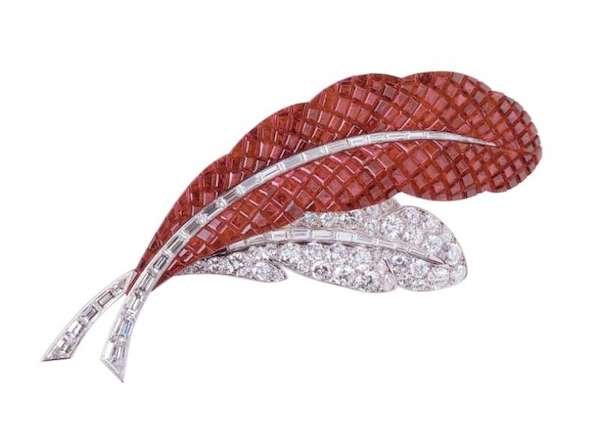
Two Feathers clips
Paris, 1956
Gold, platinum, diamonds, Mystery Set rubies
The Mystery Set
Van Cleef & Arpels is particularly renowned for this technique which revolutionized the art of setting precious stones. The Mystery Set, patented in 1933, was inspired by 19th-century Roman micro-mosaics. It enabled stones-rubies and sapphires for the most part – to be fixed without the mount being visible, thus allowing a subtle play of light and shadow across their surface.
The 1940s

Dancer clip
New York, 1947
Gold, diamonds, rubies, sapphires, emeralds
During the war, Van Cleef & Arpels’ workshop operated at a considerably reduced pace. Precious stones no longer reached Europe and the jewelry Maisons fell back on gold, considered a safe investment, for their creations. In spite of this, the decade was to produce many colored figurative motifs.
The 1950s
The 1950s was a time of reconstruction, when every area of creativity was spurred on, enhanced by technical innovation, new materials and the ability to reach out to a wider audience.

Sergé set (necklace and earrings)
Paris, 1953
Gold, platinum, diamonds, emeralds
Following the example of important couturiers with their ready-to-wear collections, Van Cleef & Arpels launched the collection “La Boutique,” which enabled a new public to enjoy wearing jewelry in the daytime.
On a more inventive note, Cascade earrings opened out on both sides of the earlobe. The Zip necklace remained the most remarkable innovation within the field of High Jewelry.
The 1960s
During this somewhat hedonistic period, the decorative arts experienced an explosion of forms, colors, and materials – if it was new, it seemed possible. Dressed in Yves Saint Laurent, Courrèges or Paco Rabanne, women wore long Alhambra necklaces in gold set with gemstones. Created in 1968, this is one of Van Cleef & Arpels’ emblematic designs and was produced in a number of variants. Within its beaded border, the quatrefoil motif was set variously with hardstones such as onyx, carnelian, agate, lapis lazuli, or coral. Further variants continued to be made throughout the 1970s, all in gold, or gold and set with brilliants, gold, and hardstones, or gold and mother-of-pearl. This motif was also used in bracelets, rings, clips, earrings, chokers, and watches. During the first decade of the 21st century, the model evolved into Magic Alhambra, and Vintage Alhambra, the edition of the world-famous original model.
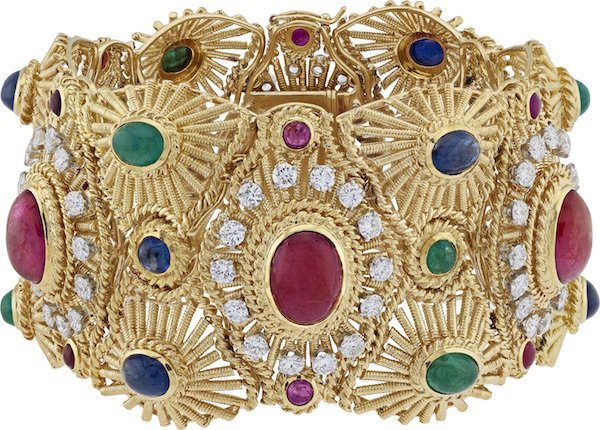
Indian Embroidery bracelet
Paris, 1963
Gold, platinum, emeralds, rubies, sapphires, diamonds
Designs of the collection “La Bontique” enabled a wider range of precious jewels to be available at more affordable prices. These included fanciful bestiary creations in gold and stones. Philippine rings were one of the Boutique’s showcase designs, made of agate, lapis lazuli, coral, onyx or gold. Gemstones and hardstones abounded; coral continued to be fashionable, as in the Rose de Noël (Christmas rose) clips with petals in pink or white coral and diamond centers. Original designs like the Twist set, an entwined mass of coral beads and gold, was typical of the period. Gold, worked in different ways, was still very much present, but rounded threads of gold were replaced by ones that were twisted (the Bretzel necklace), engraved or studded with brilliants.
Influenced by the hippy counterculture, Indian jewelry inspired Van Cleef & Arpels’ repertoire of forms. A rather more classical vein was still found in earrings such as the Camellia and Leaves clips, composed of bead-and prong-set rubies and diamonds. Turquoise, together with diamonds, was also used in a number of birds and flowers clips. In 1967, as the decade drew to an end, the Maison was commissioned to create the coronation crown for the Empress Farah Pahlavi, as well as the sets for the Shah’s sisters and half-sisters.
The 1970s
The decade brought to an end the post-war boom years known in France as the Trente Glorieuses, synonymous with invention, development, changing lifestyles and new materials.

Bird clip
New York, 1971-1972
Gold, one yellow diamond of 96.62 carats, diamonds, sapphire, emeralds
While precious stone jewelry (joaillerie) remained the realm of the privileged few for whom Van Cleef & Arpels distinguished itself with brio, precious metal jewelry (bijouterie) gradually broke free of traditional references to make its own mark. More affordable, while still made with precious materials, it drew freely upon contemporary events.
The 1980s and the 1990s

Nerval clip
Paris, 1999
Gold, diamonds, wood
While the 1970s were synonymous with liberty, the following decade saw a return to order, simplicity and sobriety predominating.
The 2000s
From 2002 onwards, Van Cleef & Arpels designed on annual themed collection. Jewelry became narrative, with nature and legends as some of its favored were set with multicolored gemstones that turned the conventions of High Jewelry upside down, opening up many new horizons

Automate Fée Ondine
Paris, 2016
Gold, silver, diamonds, Mystery set rubies, orange and yellow sapphires, aquamarine,plique-à-jour enamel, opal, ebony
In 2016, the Maison combined telling the time with its own dreamlike universe to create its first table automation. The result of several years’ work and close collaboration between some twenty different workshops, the Automate Fée Ondine brings this exhibition to a close in a truly enchanting way.
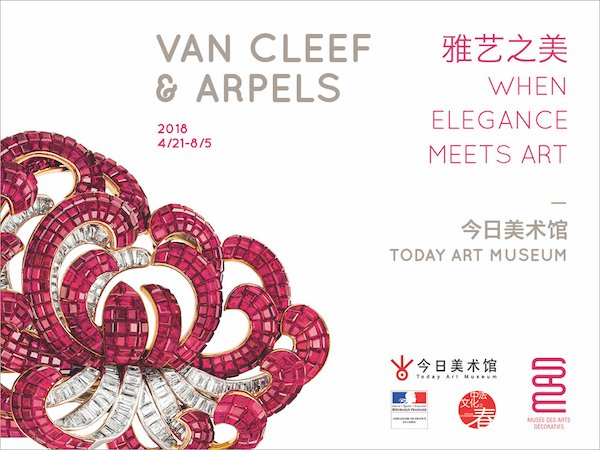
This article is provided by Van Cleef & Arpels
Images courtesy of Van Cleef & Arpels


